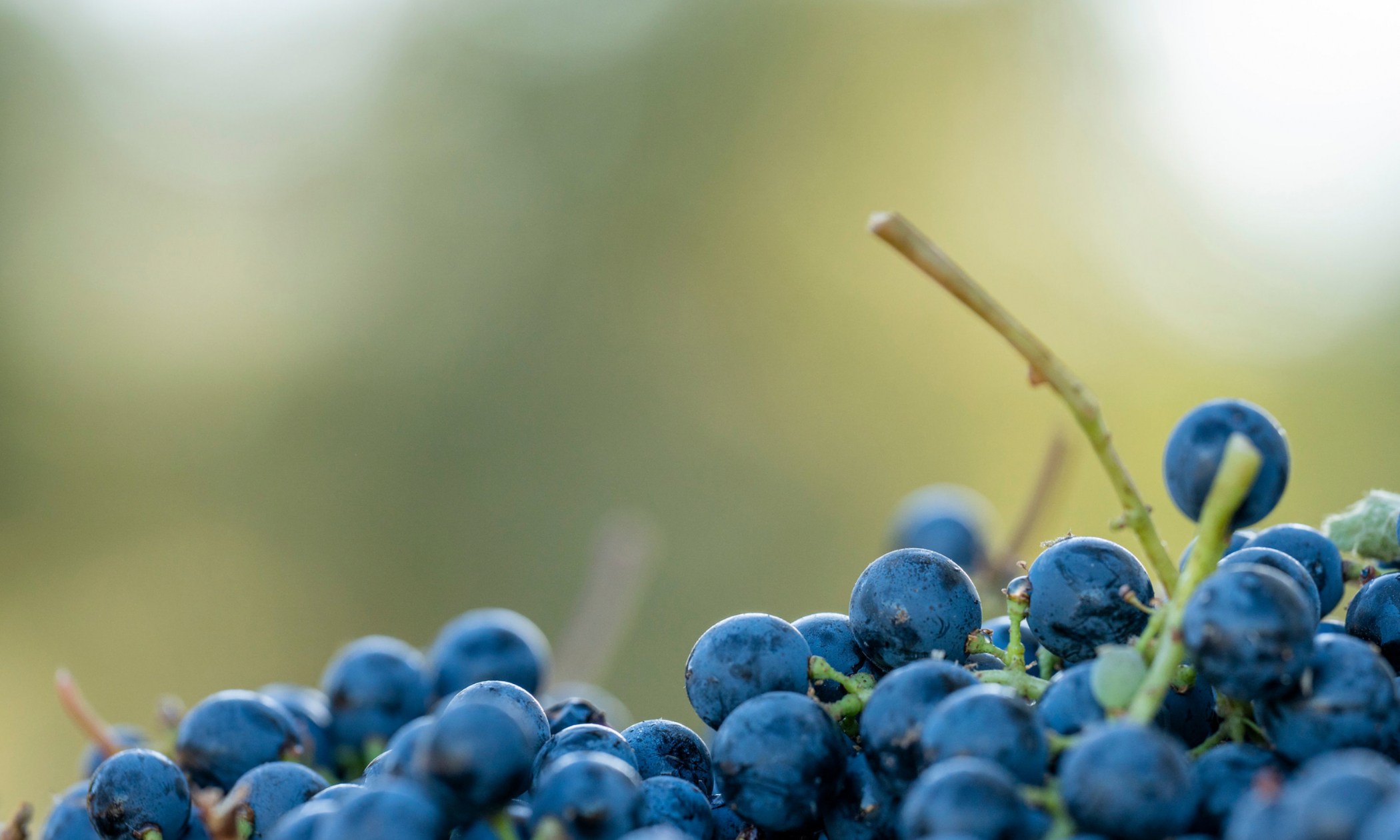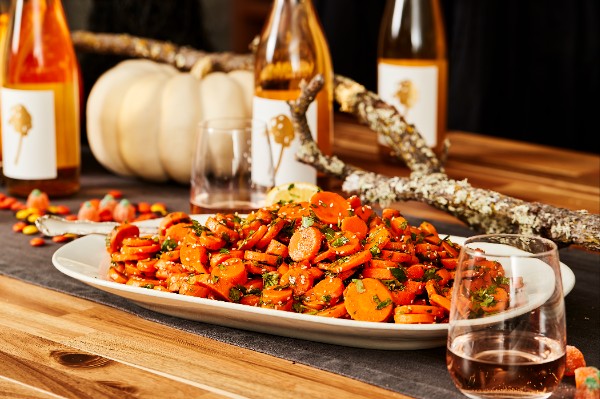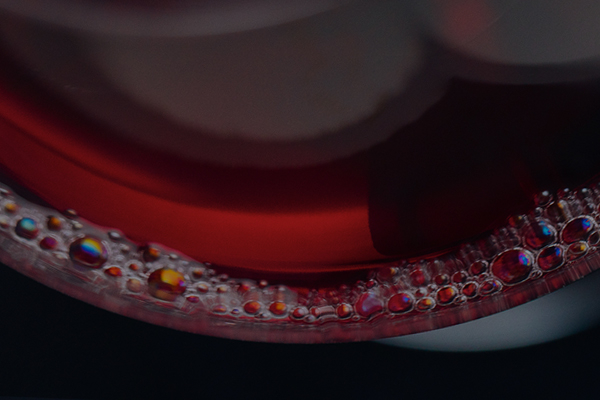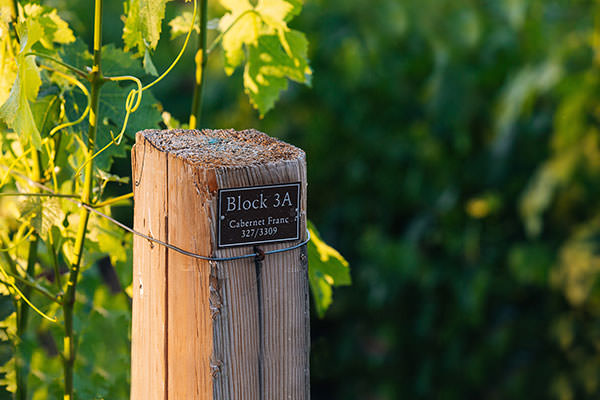If farming grapes teaches winemakers anything, it’s to get comfortable not knowing what’s going to happen next.
Few vintages proved that more than 2022 in Napa Valley. At first, the year progressed well despite the continued drought. August was sunny and mild with temperatures that hovered mostly in the 90s. The mood among winemakers in the valley was upbeat.
And then, just a few days into September, an extreme heat wave struck. Vineyard temperatures rose over 100 degrees Fahrenheit, and in some vineyards climbed to well over 110. Grapevines can cope with a single day or two over 110 degrees. But in 2022, the unrelenting heat seemed to be stuck in place—sometimes for several days. Napa’s winemakers—no strangers to warm weather in September—had never experienced a vintage quite like this before.
And neither had the grapes. Which is why what happened next was so surprising. While one might imagine that the vineyards were instantly full of dehydrated raisins, counterintuitively, sugar levels actually went down in some cases. “Grapevines are really smart,” says Cathy Corison of Corison winery. “Right up until the heat set in, the vines had been controlling their own vigor to deal with the drought. And they held on to the acidity they’d built during cool August nights.”
Corison, who is known to always be among the first in the valley to harvest, was right in the middle of harvesting when the heat began. She continued straight on; other winemakers stopped or picked only certain blocks; still others waited out the heat entirely and didn’t start picking until late October.
Elizabeth Vianna, winemaker and general manager of Chimney Rock Winery, also experienced the unexpected. “Older vines usually tolerate climatic stress better than younger ones,” she says. “But some of our younger vines—which we harvested later-- did better holding on to their acidity. And the best fruit was not overripe, although we feared it might be.”
“I would never call up Mother Nature and say, ‘Hey, can you give me 7 days over 110 degrees Fahrenheit,’” says Peter Heitz of Turnbull. “We winemakers and our picking crews were working madly in that heat, but the grapes we picked right before and during the first days of the heat had tension, opulence, snappiness, and freshness. The grapes that we picked after the heat wave passed made wine with an easy softness. Every winemaker I know had their own separate ‘truth’ in 2022.”
And so vintage 2022 will be known as “The Great Anomaly.” What winemakers expected to happen sometimes didn’t happen; what winemakers didn’t expect to happen, did.
What will this mean for the wines? With this vintage, the variables were—well, so variable—I think it’s too soon to tell. I’ve tasted some barrel samples that are densely-fruited, structured, and yet still have lift and energy. I’ve tasted other samples that are introverted and completely closed down.
Of course, most of the 2022 Cabernets won’t be released until 2025, so they have a good long stretch of time to evolve.
“We are making better wines in hotter years than we ever made before in hot years,” says Vianna.
About that idea, the 2022 vintage will certainly be a proving ground.
Photo by Suzanne Becker Bronk Photography.




